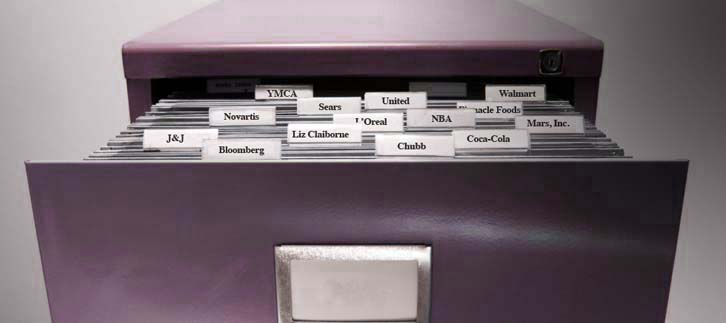
Case Studies
CASE: Win-Win Negotiation
The "art of the deal" is a learnable and essential skill for any individual or team tasked with negotiating "big deals," as well as day-to-day contracts, licensing arrangements, vendor agreements, and the like.
A manufacturer of electronic components
One manufacturer of electronic components sought to break the cycle of its contentious, acrimonious, “win-lose” negotiating sessions with a major supplier. Both sides’ focus on “CYA” had led to broken promises, product-delivery delays, and lack of transparency.
One week before the next negotiation session with the supplier, the company’s director of OD asked Guttman to facilitate a strategy and skill-development briefing for its negotiating team. On the table: a $350 million contract. Aim: transfer negotiation skills and processes to the team, set a negotiation strategy and tactics, and specify the behaviors and outcomes needed to avoid the “same old/same old” results.
The Guttman consultant began by interviewing players on the company team to conduct a situation appraisal: What were the pinch points in past negotiations? Where did discussions break down? What types of issues are “up” this time around? Next, he met with the team probe its goals and objectives, needs and wants—and those of the supplier’s team. He encouraged team members to try to get “inside” the heads of those on the other side of the table: What preparations were they making? What did they want from the negotiation? What corporate objectives did they want to achieve? What personalities and behaviors would the company team have to deal with?
The next step in the Guttman process was helping the team take a deep dive into tactics. How were issues going to be negotiated: one by one or as part of a package? What about timing: When were they going to make an offer or counter offer? What were the countervailing pressures—on their team and the supplier’s—for a deal? What kinds of information would likely help move issues to resolution? Which were the power relationships?
As a result of the preparation, team members gained deep understanding of the negotiating process, especially the need to set a clear end game and understand the objectives and constraints of the other side, along with power relationships, pressures, timing, and information requirements. During the actual negotiations, the team felt it could be more flexible and creative because it had a clear handle on the other side’s needs. The three negotiating sessions went off smoothly. Both sides walked away satisfied and fully committed. Each team was a winner.

 &nsbp;
&nsbp;
